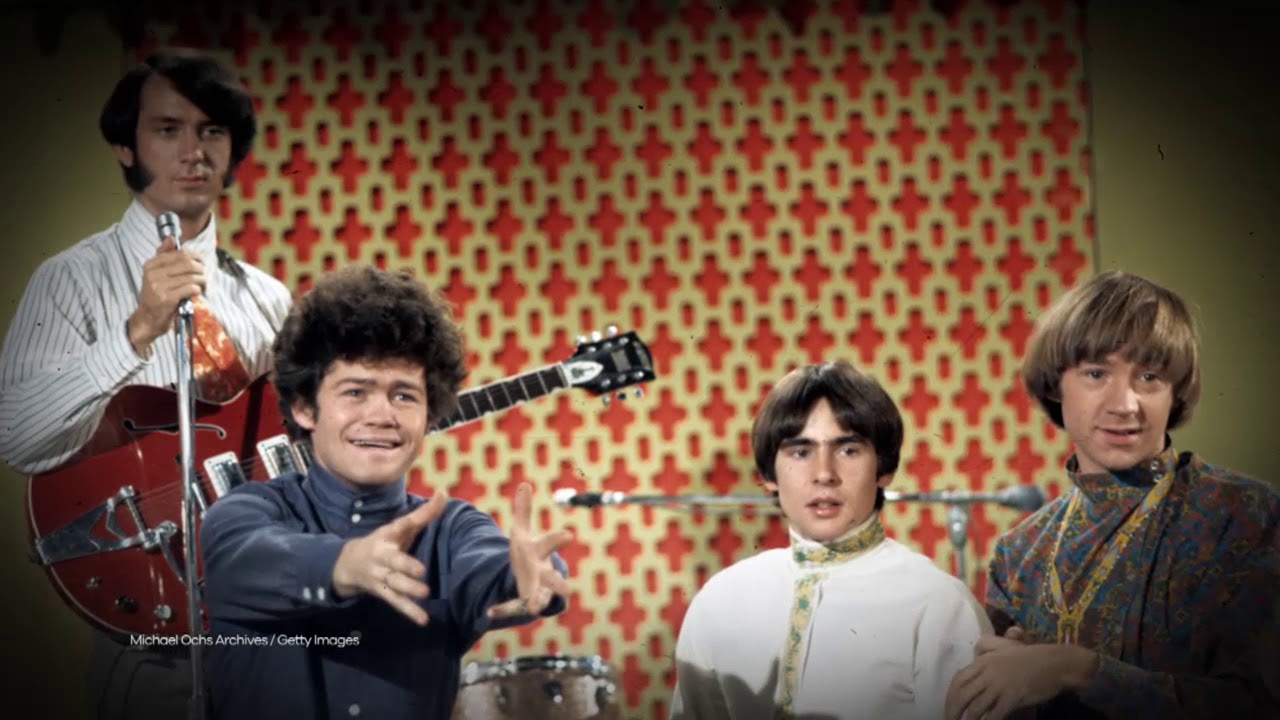
A Psychedelic Journey Through Sound and Reflection
When “The Porpoise Song” by The Monkees first graced the airwaves in 1968, it wasn’t just a piece of music; it was an invitation to dive deep into the swirling currents of the late 1960s—a time when culture, consciousness, and creativity were all being redefined. This track, which served as the theme for their film Head, is a fascinating tapestry of sound that captures both the whimsical and the profound, offering listeners a chance to reflect on their own journeys through life.
Upon its release, “The Porpoise Song” reached number 62 on the Billboard Hot 100. While it may not have soared to the top of the charts, its impact was felt deeply by those who listened. The song’s modest chart position belies its significance as a piece of artistic expression during a transformative era in music history. This was a time when bands were pushing boundaries, exploring new sonic landscapes, and crafting music that spoke to the deeper questions of existence.
The story behind “The Porpoise Song” is as intriguing as its sound. Written by the legendary songwriting duo Gerry Goffin and Carole King, the track was born out of a desire to create something that transcended the typical pop format that The Monkees had become known for. It was a bold move for the band, one that reflected their own growing desire for artistic credibility and independence. The song’s inclusion in Head, a film that itself was an ambitious departure from conventional narratives, underscores this pursuit of artistic evolution.
Lyrically, “The Porpoise Song” is rich with metaphor and imagery, inviting listeners to ponder themes of identity and transformation. The song’s opening lines are ethereal and dreamlike, evoking a sense of drifting between realities—much like a porpoise gliding through water. This imagery resonates with those who remember the era’s quest for self-discovery and spiritual awakening. It speaks to anyone who has ever felt caught between two worlds—the familiar and the unknown—and who longs to find their place within them.
Musically, The Monkees took a step into the realm of psychedelia with this track. The lush production features orchestral arrangements that swell and recede like ocean waves, carrying listeners on a journey that is both introspective and expansive. The haunting soundscape is punctuated by Micky Dolenz’s poignant vocals, which convey both vulnerability and strength. For many older listeners, this song evokes memories of a time when music was more than just entertainment—it was a catalyst for change and a companion in moments of introspection.
For those who lived through the late 1960s, hearing “The Porpoise Song” again might stir recollections of youthful idealism and rebellion against societal norms. It reminds us of an age where every song seemed to hold a message or spark an idea—a far cry from today’s often fleeting musical trends. To engage with this song is to revisit that period of innovation and experimentation when artists sought not only to entertain but also to enlighten.
In conclusion, “The Porpoise Song” remains an enduring piece of musical art that captures the spirit of its time while offering timeless reflections on life’s profound mysteries. Its ability to evoke strong emotions and memories makes it particularly resonant for older generations who witnessed firsthand the cultural shifts it accompanied. As we listen to its haunting melodies today, we are reminded of music’s power to transcend time and touch our souls—drawing us back into moments long past yet never forgotten.